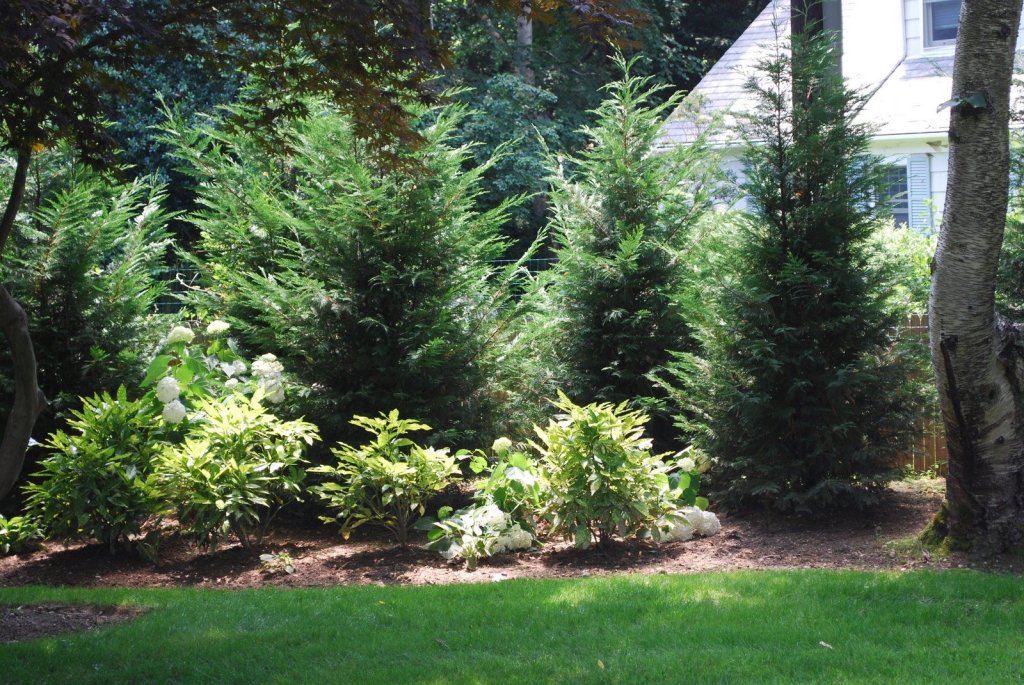Leyland cypress trees are evergreen plants famous for their shrubs or bushes. Generally, people add them to their garden or yard to maintain privacy. They are 60 feet tall; even a few can grow up to 100 feet from the soil.
There are so many cypress trees that exist in nature. For this reason, people get confused between the Leyland cypress trees and similar trees.
Various types of Leyland cypress trees exist in the ecosystem. They all grow in well-drained and moist soil from spring to mid-fall. Each may have specific heights and traits.
In this blog, you’ll learn what an actual Leyland cypress tree looks like.
What is a Leyland Cypress Tree?
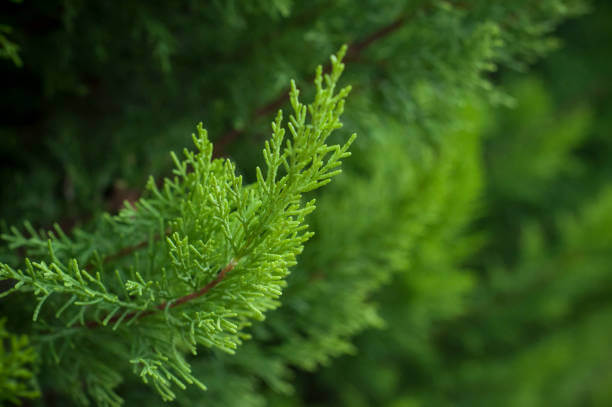
Leyland cypress are tall, skinny trees famous for their large foliage and canes. An average Leyland cypress tree can grow up to 60 feet tall.
However, a few Leyland cypress trees can grow up to 100 feet tall, such as the Blue Leyland Cypress tree. They require well-drained soil with a neutral acidic and alkaline level to grow. It prefers both full and partial sunlight.
That’s why they grow not only in the springs but also in the mid-fall. They belong to the Pinopsida class. Their leaves grow faster than any other plants. Meanwhile, their roots are small and grow outward from the soil.
How to Identify a Leyland Cypress Tree?
1. Appearances
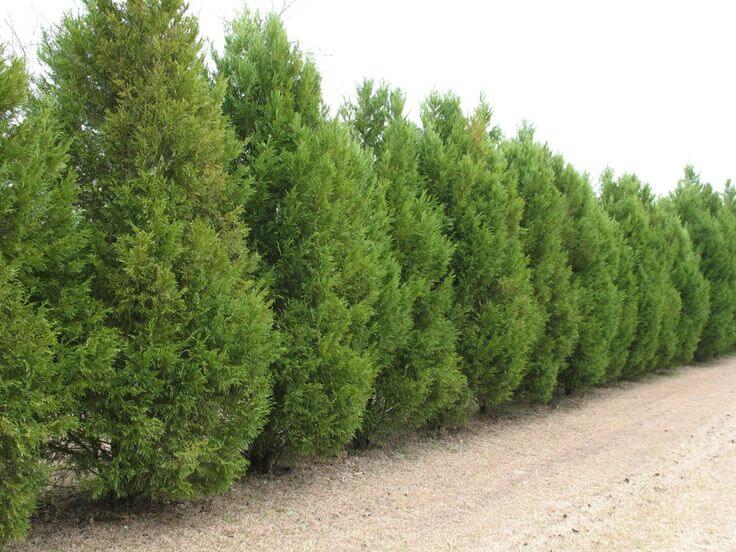
A Leyland cypress tree is a tall green plant. They are coniferous and fast-growing green trees. It can grow up to 60 feet tall and 20 feet wide from the soil. Their growth is rapid, and their leaves are bluish-green. Their leaves are also needed, making recognizing a Leyland cypress tree easier.
2. Planting Process

Generally, a leyland cypress tree grows during the spring or the mid-fall. They prefer well-drained soil to grow effectively. Besides these, they can consume both full and partial sunlight. If they grow naturally, the roots grow outward from the soil. Correspondingly, each tree can grow 6 to 10 feet apart.
3. Hardiness Zone
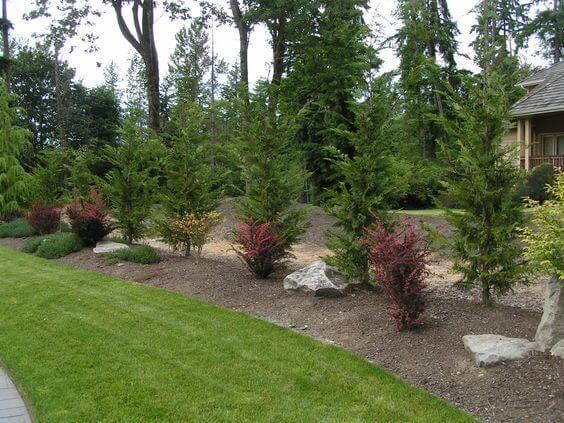
A Leyland cypress tree can grow within a 6 to 10 USDA harness level. They won’t grow in any other region. So, if you look at the soil and its hardiness level, you automatically will recognize the Leyland cypress tree. Meanwhile, their greatest growth zone is 6 to 8 USDA.
4. Growth Process

- Sunlight: Leyland cypress tree generally grows in the full sunshade during the spring. However, a few of them also grow in mid-fall. At that time, they receive partial sunlight. A Leyland cypress tree needs sunlight for at least six to seven hours to grow perfectly.
- Soil: If you look at the soil where the Leyland cypress tree grows, it’s well-drained. In addition, they are acidic with a few alkaline levels. Also, some can grow in loamy, sandy, or clay soil with a neutral acidic level. The soil condition also guides you in recognizing the tree.
- Water Consumption: These types of trees don’t require regular watering, so they can stand in the spring. If you find these trees in your garden growing naturally, water them weekly, not daily. In addition, avoid overwatering. The lower water consumption is another great characteristic of a leyland cypress tree.
- Fertilizing: As the Leyland cypress tree mostly grows in the spring, they don’t require many fertilizers. Even a small amount of fertilization can help them grow effectively. It is one of their special traits.
- Leaves: These types of trees gain more height every year. So you’re required to prune them. The growth in their leaves can easily assist you in recognizing the tree.
5. Issues with Leyland Cypress Tree
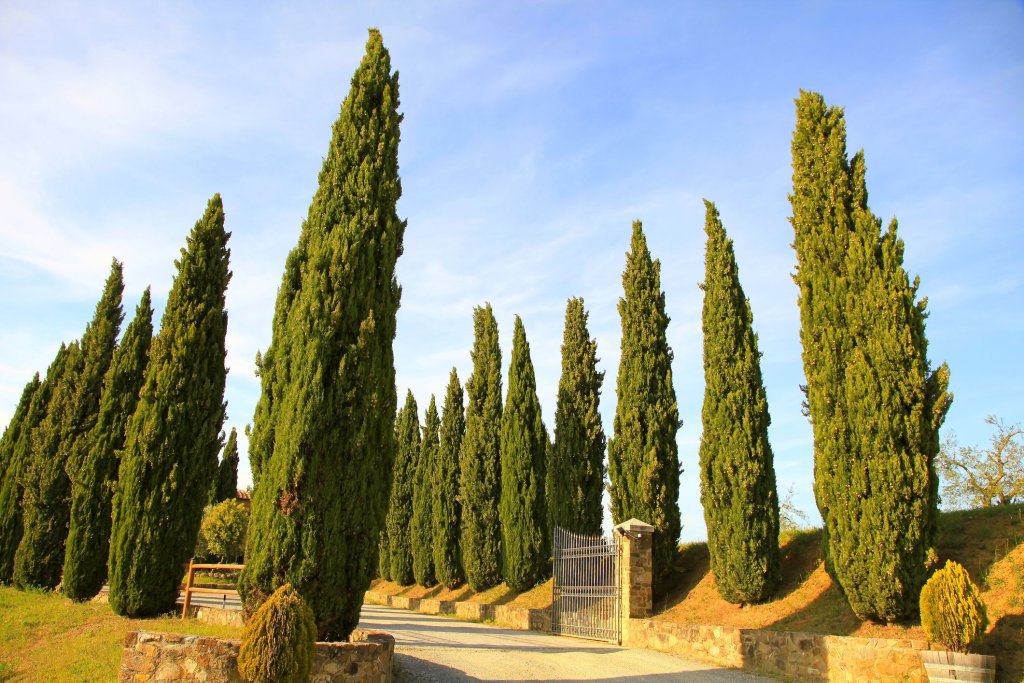
- Speedy Growth and Small Roots: Another thing that can help you to recognize whether it’s a Leyland cypress tree or not is its speedy growth. Apart from that, their roots are small. These trees have small roots compared to their leaves. Though it’s a negative sign, it can assist you in recognizing the Leyland cypress tree.
- Branch Shrinks: Leyland trees experienced diebacks due to their rapid growth. As a result, they caught a few cankers in their canes. The same thing also happens in their roots, which is called ‘Root rot.’. No other trees face these types of problems.
Types of Leyland Cypress Tree

There are so many types of Leyland cypress trees that exist in nature and have their specific attributes and heights. A few of them are:
- Monetary Cypress: They can grow up to 40 feet tall and 20 feet wide from the soil.
- Lemon Cypress: It can grow up to 10 feet tall and 8 feet wide from the soil.
- Blue Cypress: Their foliage is blue-green, and they can grow up to 100 feet tall from the soil.
- Arizona Cypress: It can grow up to 50 feet tall from the soil, and it is generally found in Arizona, USA.
Final Thoughts
Leyland trees are famous for their leaves that grow more rapidly than any other plants. Their roots are smaller than their leaves and canes, which grow outwards from the soil. An average Leyland cypress tree can grow up to 60 feet tall from the soil.
If you notice their appearance, learn about their specifications, and identify their growth process and problems, it is easier for you to recognize a Leyland cypress tree adequately.
Thank you for reading this blog. Hopefully, you’ve learned what a Leyland cypress tree looks like. If you still have any queries, let us know in the comments.

